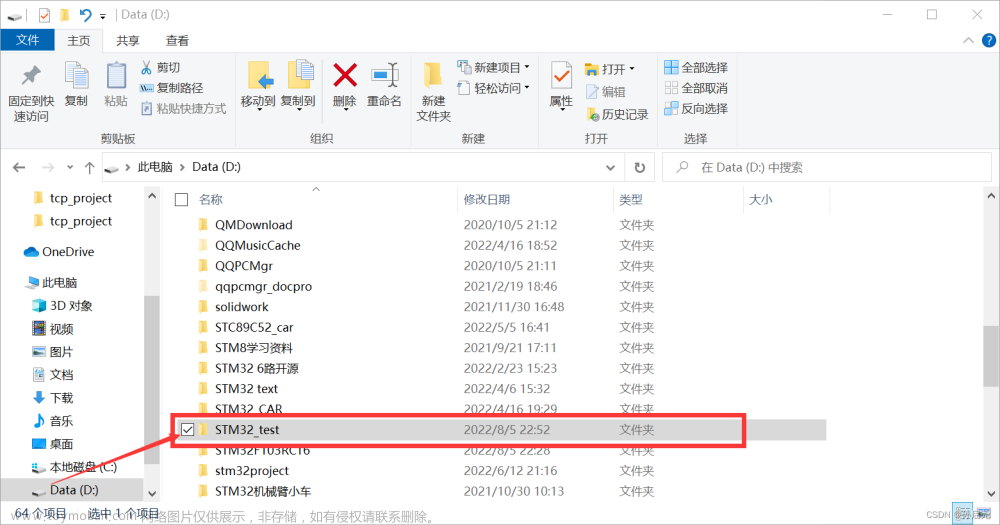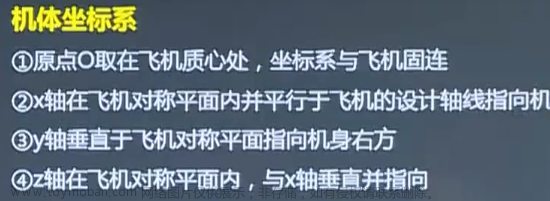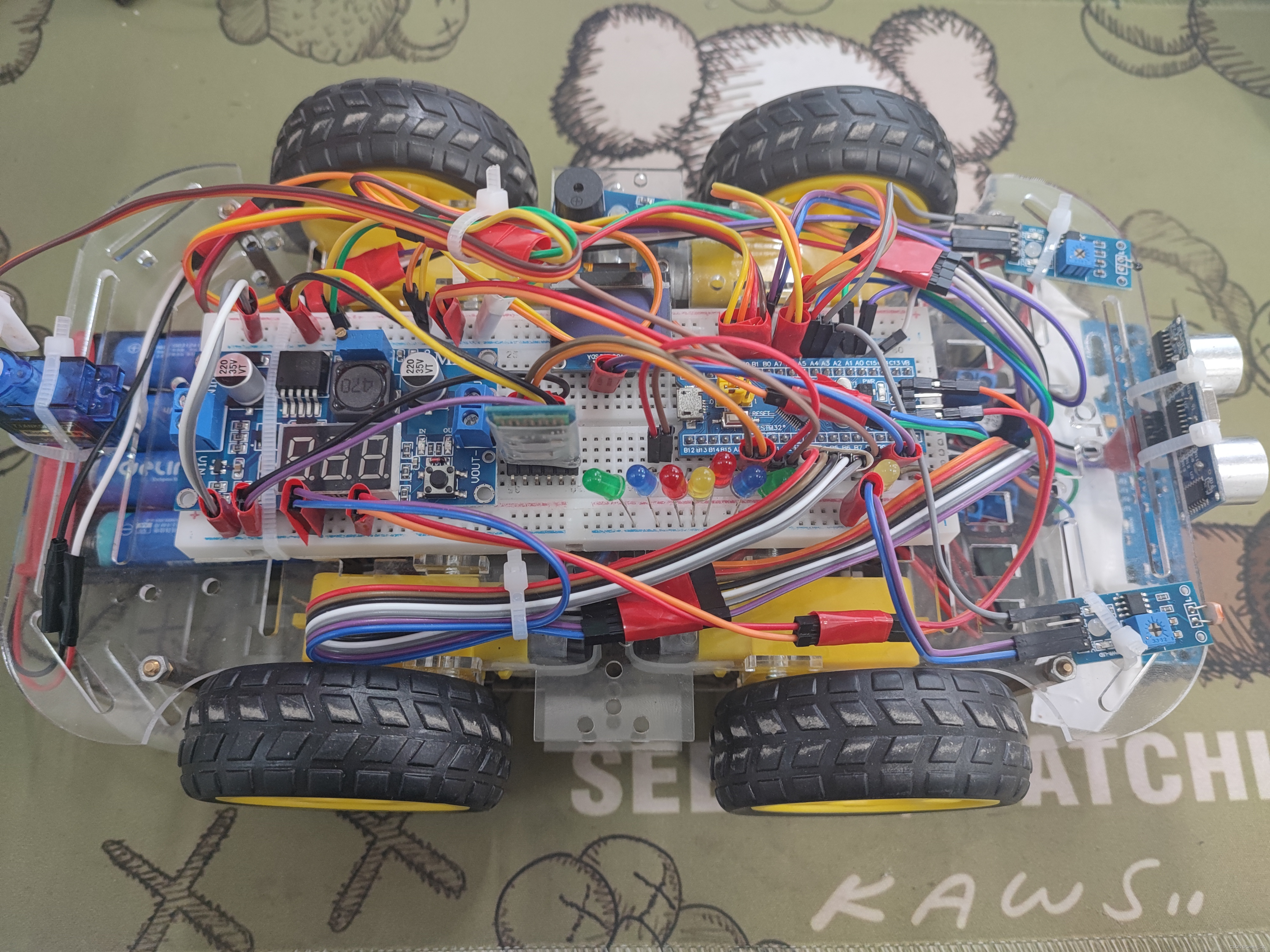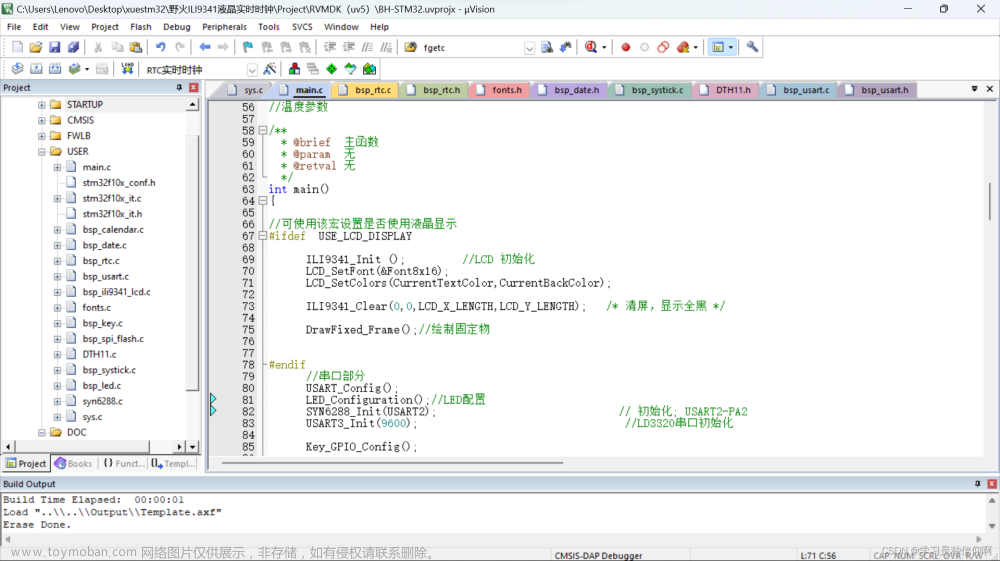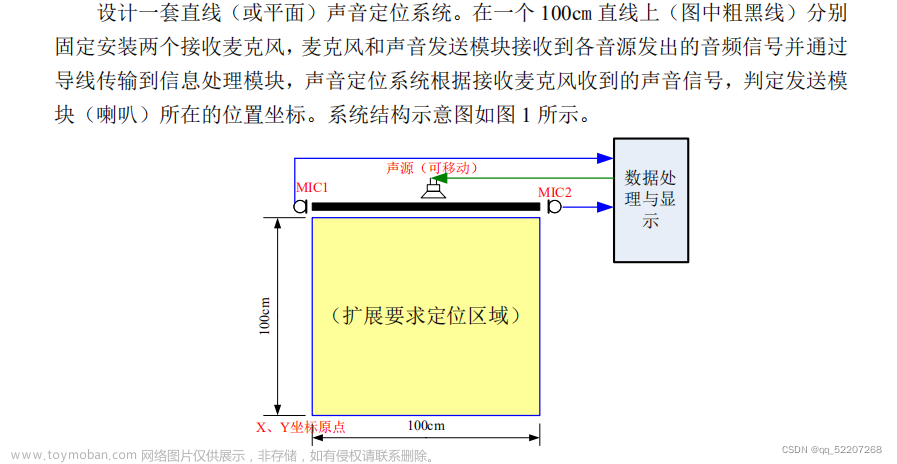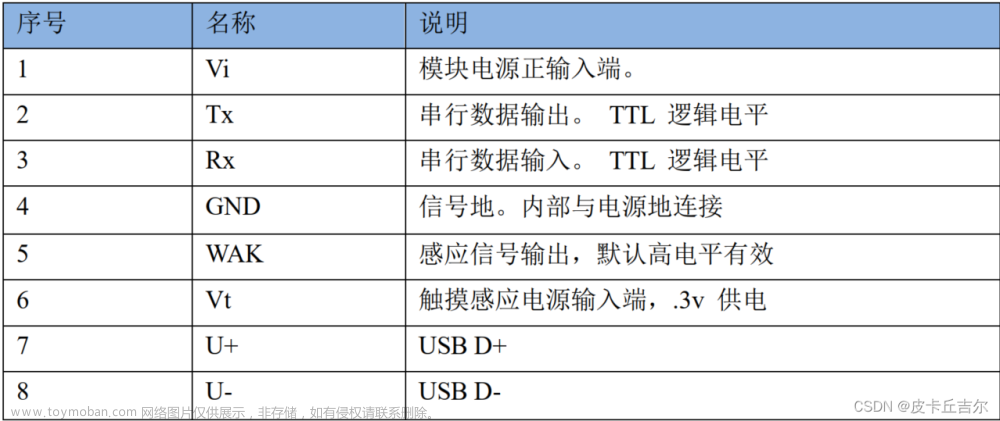Dijkstra
Dijkstra算法概念:
基本思想:由近到远把所有点的最短路径算出来。
算法解析:从起点向四周辐射,由近到远一层一层遍历所有的点,直到包含目标点所在层级。然后将所有可行路径进行计算比较,筛选出绝对最佳路径。
优点:最终得到的路径一定是最佳路径。
缺点:因为Dijkstra算法需要遍历所有的点,所以程序运行时间较长。

Dijkstra算法过程讲解:
情景假设:从起点开始
1.每次走一格,不能跨格
2.共有8个相邻栅格可以走
3.若走(上/下/左/右)计路程为:2
4.若走(左上/左下/右下/右上)计路程为:3


5.设置两个列表(或者数组)
openlist=[ ] ——存放待确定路径的点
closedlist=[ ] ——存放已确定路径的点
6.每个点都记录自己的父节点,下标表示
7.为了方便讲解 起点称S点 相邻8个点以A-H称呼
8.已放进closedlist的点不走,因已确定路径
具体过程:
①:起点为S点,计算周围点,父节点为S
②:取一个最小值的点作第二步中心点;从openlist取出,放入closedlist计算中心点周围8个点,累计路程;若点已存在openlist,取路程小的方案。
③:取一个最小值的点作第三步中心点,重复第二步步骤。
④:取一个最小值的点作第四步中心点,重复步骤。
⑤:取一个最小值的点作第五步中心点,重复步骤。
⑥:取一个最小值的点作第六步中心点,重复步骤。

......重复步骤
伪代码:
获取起点坐标、目标点坐标,把起点放进openlist
while (openlist不为空列表)
{ 取openlist中路程最小的点为中心点,从openlist剔除,放入closedlist
if (中心点是目标点)
{从目标点开始通过父节点反推,提取出路径,break跳出循环}
else {遍历相邻的八个点
{if(点已存在closedlist中 or 遇到障碍物 )
{跳过,不计算这个点}
else
{累计路径
if(点已存在openlist中)
if(累计路程<原来记录的路程)
{替换数据}
else {加入openlist}
}
openlist从小到大排序
}
}文章来源:https://www.toymoban.com/news/detail-615790.html
完整代码送上:文章来源地址https://www.toymoban.com/news/detail-615790.html
# -- coding: utf-8 --
import math, sys, pygame, random
from math import *
from pygame import *
import time
Astar = 0
Dijkstra = 1
#模式选择: Dijkstra or Astar
mode = Astar
GAME_LEVEL =1 #障碍物等级,目前可选项为0或1
delay_sec = 0 #算法延时,单位:秒;可设置延时来观察学习路径规划的逐步实现过程
#颜色RGB值
grey = (169, 169, 169)
blue = (0, 0, 255)
red = (255, 0, 0)
black = (0, 0, 0)
green = (0, 255, 0)
yellow = (255, 255, 0)
orange = (255, 165, 0)
bg_color = (255, 255, 255)
purple = (160, 32, 240)
#初始化相关
pygame.init()
screen = pygame.display.set_mode((800, 600))
fpsClock = pygame.time.Clock()
#定义Node类,用于存储每个节点信息
class Node(object):
def __init__(self, point, parent, d, f):
super(Node, self).__init__()
self.point = point #节点坐标
self.parent = parent #父节点对象地址
self.d = d #Astar算法下:起点至该节点的确定距离;Dijkstra算法下:起点至该节点的估算距离
self.f = f #Astar算法下:f = d + h d为上述确定距离,h为该节点到目标节点的估算距离(欧几里得距离或曼哈顿距离);Dijkstra算法下此参数置零
#初始化栅格
def init_grid():
start_point = [0, 0]
end_point = [0, 600]
i = 20
while start_point[0] <= 800:
pygame.draw.line(screen, grey, start_point, end_point)
start_point[0] += i
end_point[0] += i
start_point = [0, 0]
end_point = [800, 0]
while start_point[1] <= 600:
pygame.draw.line(screen, grey, start_point, end_point)
start_point[1] += i
end_point[1] += i
#判断栅格
def judge_in_grid(p):
p0 = int(p[0]/20)
p1 = int(p[1]/20)
rect1 = ((p0*20, p1*20), (20,20))
return rect1
#初始化障碍物
def init_obstacles(configNum):
global rectObs
rectObs = []
if configNum == 0:
rectObs.append(pygame.Rect((300,200),(200,200)))
if configNum == 1:
rectObs.append(pygame.Rect((100,100),(100,340)))
rectObs.append(pygame.Rect((320,240),(160,160)))
rectObs.append(pygame.Rect((500,60),(200,100)))
for rect in rectObs:
pygame.draw.rect(screen, black, rect)
#节点与障碍物碰撞检测
def collides(p): #check if point collides with the obstacle
for rect in rectObs:
if rect.collidepoint(p) == True:
return True
return False
#复位函数
def reset():
screen.fill(bg_color)
init_grid()
init_obstacles(GAME_LEVEL)
#文本打印
def text_display(text0, rect, colour, Size):
fontObj = pygame.font.Font(None,Size)
textSurfaceObj = fontObj.render(text0,True,colour)
textRectObj = textSurfaceObj.get_rect()
textRectObj.center=(10+(rect[0][0]),10+(rect[0][1]))
screen.blit(textSurfaceObj,textRectObj)
#欧几里得距离,计算量大
def Euclid(p1, p2):
m = ((p1[0]-p2[0])*(p1[0]-p2[0])+(p1[1]-p2[1])*(p1[1]-p2[1]))**0.5
return m
#曼哈顿距离,计算量小,简单
def Manhattan(p1, p2):
m = abs(p1[0]-p2[0])+abs(p1[1]-p2[1])
return m
#Astar估算函数
def evaluation_Astar(ynode, goalPoint):
judge_open = False
judge_close = False
if collides(ynode.point) == True:
return
if ynode.point[0] < 0 or ynode.point[1] < 0:
return
ynode.f = ynode.d*1+0.1*Manhattan(ynode.point, goalPoint.point)
for p in openlist:
if p.point == ynode.point:
judge_open = True
index_open = openlist.index(p)
for p in closelist:
if p.point == ynode.point:
judge_close = True
index_close = closelist.index(p)
if judge_close == True:
return
if judge_open == False:
openlist.append(ynode)
pygame.draw.rect(screen, (255*abs(1-float(ynode.d)*1.2/140), 255*abs(1-float(ynode.d)*1.2/140), 255), (ynode.point, (20, 20)))
text_display(str(int(ynode.d)), (ynode.point, (20, 20)), black, 15)
pygame.display.flip()
else:
if openlist[index_open].d > ynode.d:
openlist[index_open] = ynode
#Dijkstra估算函数
def evaluation_Dijkstra(ynode, goalPoint):
judge_open = False
judge_close = False
if collides(ynode.point) == True:
return
if ynode.point[0] < 0 or ynode.point[1] < 0:
return
for p in closelist:
if p.point == ynode.point:
judge_close = True
index_close = closelist.index(p)
if judge_close == True:
return
for p in openlist:
if p.point == ynode.point:
judge_open = True
index_open = openlist.index(p)
if judge_open == True:
if openlist[index_open].d > ynode.d:
openlist[index_open] = ynode
else:
openlist.append(ynode)
pygame.draw.rect(screen, (255*abs(1-float(ynode.d)*1.2/140), 255*abs(1-float(ynode.d)*1.2/140), 255), (ynode.point, (20, 20)))
text_display(str(ynode.d), (ynode.point, (20, 20)), black, 15)
pygame.display.flip()
#程序主要函数
def run_game():
currentState = 'init'
initPoseSet = False
goalPoseSet = False
global openlist
openlist = []
global closelist
closelist = []
reset()
#主循环
while True:
#处理不同currentState状态下的工作,其中包括规划路径的实现
if currentState == 'init':
print('goal point not yet set')
pygame.display.set_caption('Select Starting Point and then Goal Point')
fpsClock.tick(10)
elif currentState == 'lookingForGoal':
run = True
while(len(openlist) != 0):
for event in pygame.event.get():
if event.type == MOUSEBUTTONDOWN :
if run == True:
run = False
else:
run = True
if run == True:
xnode = openlist[0]
if xnode.point == goalPoint.point:
pygame.draw.rect(screen, orange, (xnode.point, (20, 20)))
text_display("G",(xnode.point, (20, 20)), black, 32)
currentState = 'goalFound'
flag = 1
goalNode = xnode
break
closelist.append(xnode)
del openlist[0]
if delay_sec > 0:
pygame.draw.circle(screen, red, (xnode.point[0]+10, xnode.point[1]+10), 2)
i = 0
while i < 8:
if i == 0:
ynode = Node((xnode.point[0],xnode.point[1]-20), xnode, xnode.d+2, 0)
elif i == 1:
ynode = Node((xnode.point[0],xnode.point[1]+20), xnode, xnode.d+2, 0)
elif i == 2:
ynode = Node((xnode.point[0]-20,xnode.point[1]), xnode, xnode.d+2, 0)
elif i == 3:
ynode = Node((xnode.point[0]+20,xnode.point[1]), xnode, xnode.d+2, 0)
elif i == 4:
ynode = Node((xnode.point[0]-20,xnode.point[1]-20), xnode, xnode.d+3, 0)
elif i == 5:
ynode = Node((xnode.point[0]+20,xnode.point[1]-20), xnode, xnode.d+3, 0)
elif i == 6:
ynode = Node((xnode.point[0]+20,xnode.point[1]+20), xnode, xnode.d+3, 0)
elif i == 7:
ynode = Node((xnode.point[0]-20,xnode.point[1]+20), xnode, xnode.d+3, 0)
if mode == 0:
evaluation_Astar(ynode, goalPoint)
elif mode == 1:
evaluation_Dijkstra(ynode, goalPoint)
i += 1
for i in range(0, len(openlist)-1):
for j in range(0, len(openlist)-1-i):
if mode == 0:
data_j = openlist[j].f
data_j1 = openlist[j+1].f
elif mode == 1:
data_j = openlist[j].d
data_j1 = openlist[j+1].d
if data_j > data_j1:
temp = openlist[j]
openlist[j] = openlist[j+1]
openlist[j+1] = temp
pygame.display.flip()
for i in range(0, len(openlist)):
print(str(openlist[i].point)+"\t--- d = "+str(openlist[i].d)+" & f = "+str(openlist[i].f))
print("parent:"+str(openlist[i].parent.point))
print("-------------------")
time.sleep(delay_sec)
if len(openlist) == 0:
print('False to find the path')
elif currentState == 'goalFound':
if flag == 1:
print('goalFound!!!!!!')
currNode = goalNode.parent
print("******************")
print("startPoint = "+(str(initialPoint.point)))
print("goalPoint = "+(str(goalPoint.point)))
print("******************")
for i in range(0, len(closelist)):
print(str(closelist[i].point)+"\t--- d = "+str(closelist[i].d)+" & f = "+str(closelist[i].f))
if i > 0:
print("parent:"+str(closelist[i].parent.point))
while currNode.parent != None:
pygame.draw.rect(screen, green, (currNode.point, (20, 20)))
text_display(str(currNode.d), (currNode.point, (20, 20)), black, 15)
currNode = currNode.parent
flag = 0
pygame.display.flip()
time.sleep(float(delay_sec)/2)
fpsClock.tick(10)
#处理鼠标事件
for event in pygame.event.get():
if event.type == pygame.QUIT or (event.type == KEYUP and event.key == K_ESCAPE):
sys.exit()
if event.type == MOUSEBUTTONDOWN:
if currentState == 'init':
rect = judge_in_grid(event.pos)
if initPoseSet == False:
if collides(event.pos) == False:
initialPoint = Node(rect[0], None, 0, 0)
pygame.draw.rect(screen, red, rect)
text_display("S",rect, black, 32)
initPoseSet = True
elif goalPoseSet == False:
if collides(event.pos) == False:
if rect[0] != initialPoint.point:
goalPoint = Node(rect[0],None, 0, 0)
print("******************")
print("startPoint = "+(str(initialPoint.point)))
print("goalPoint = "+(str(goalPoint.point)))
print("******************")
if mode == 0:
initialPoint.f = initialPoint.d+0.1*Manhattan(goalPoint.point, initialPoint.point)
openlist.append(initialPoint)
pygame.draw.rect(screen, orange, rect)
text_display("G",rect, black, 32)
goalPoseSet = True
currentState = 'lookingForGoal'
else:
currentState = 'init'
initPoseSet = False
goalPoseSet = False
openlist = []
closelist = []
reset()
init_grid()
pygame.display.flip()
if __name__ == '__main__':
run_game()
到了这里,关于基于STM32F103的树莓派ROS小车——全局路径规划之Dijkstra算法的文章就介绍完了。如果您还想了解更多内容,请在右上角搜索TOY模板网以前的文章或继续浏览下面的相关文章,希望大家以后多多支持TOY模板网!

